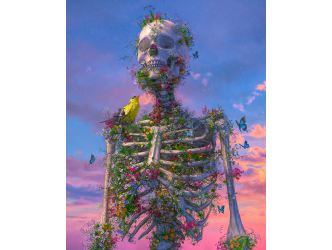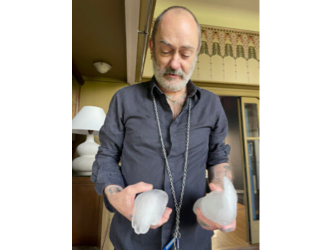Backwards and forwards
This is how the avant-garde works: in order to move forwards, it looks backwards. To allow their creation to grow and bear fruit, artists use the work of their elders as a catalyst. It was in this way, from his very beginnings until his later years, that the painter who could be considered the most innovative of the 20th century, Pablo Picasso, drew on the immense resources of art history.
Pop Art
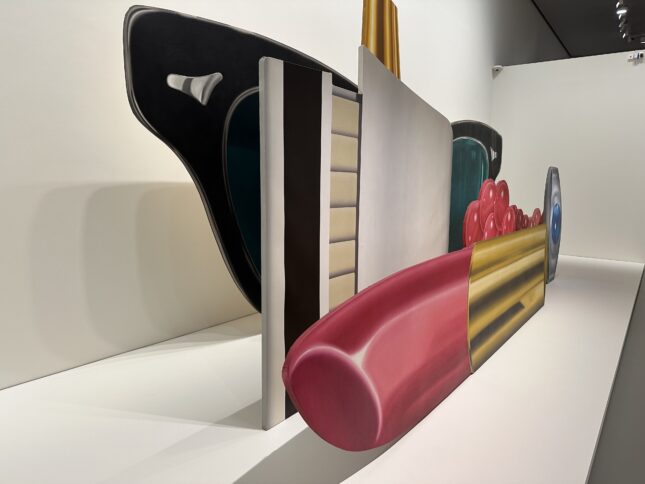
We can also take the Pop Art movement as an example. It’s considered above all to be very American – even if it has spread all across the world, from Brazil to Japan, starting with England. And indeed, it owes a great deal to its European predecessors in the Dada and Surrealist movements. From his childhood in Pittsburgh, the man who a few decades later would become the high priest of Pop Art, Andy Warhol, was familiar with Marcel Duchamp.
From Dada
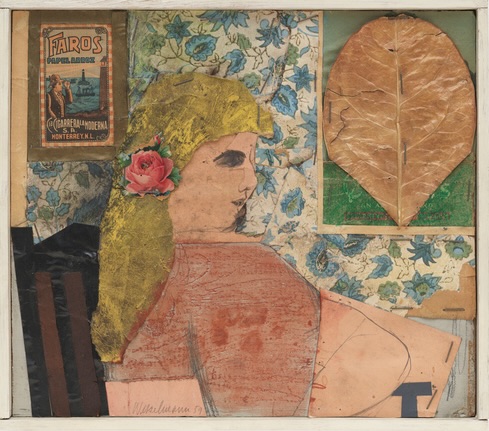
More generally, the principles of collage, repetition, and the spotlighting of banal images from everyday life or those taken from newspapers as practised by Pop artists come directly from the Dada and Surrealist movements. (See here the report about the Surrealist show at Centre Pompidou).
Tom Wesselmann and co
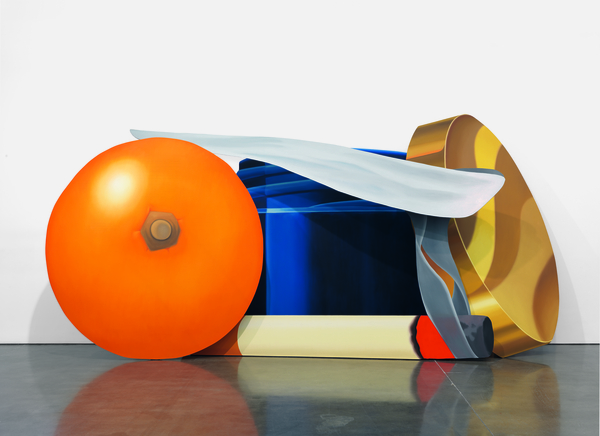
This is one of the things we are due to learn from visiting the Vuitton Foundation’s new exhibition: “Pop Forever, Tom Wesselmann &…”. The big autumn show, housed in the Parisian building designed by Frank Gehry, focuses on an American artist, Tom Wesselmann (1931-2004), who is unjustly overlooked in Europe these days. 150 of his works are placed in dialogue with 70 works by his predecessors, followers and contemporaries, in order to put the relevance of his creation into perspective.
At the Metropolitan

Wesselmann was a guy from the Midwest who didn’t come into contact with art until he was 24. Before that he studied psychology and also spent two years in the army. He took advantage of his time there to start creating caricatures. The first time art made a big impact on him was at the Metropolitan Museum in New York. It was there that he discovered a painting from the “Woman” series, the depiction of a woman being literally diluted or even destroyed under the angry paintbrush of the great abstract expressionist, Willem de Kooning.
Unable to rival his idol, he chose not to abandon the discipline but turned instead to a different practice: collage made from found images.
To appreciate is to support.
To support is to donate.
Support JB Reports by becoming a sustaining Patron with a recurring or a spontaneous donation.
Kurt Schwitters
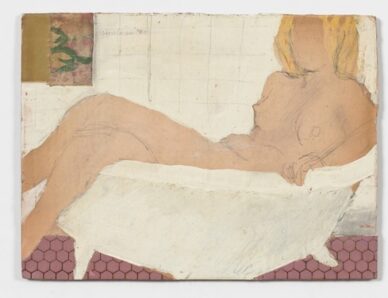
Dieter Buchhart, co-curator of the exhibition, sees here the mark of another of the American artist’s predecessors, Kurt Schwitters (1887-1948) from the German Dada movement. He explains: “Elevating found objects to the status of works of art revolutionized the history of art”.
Great American Nudes
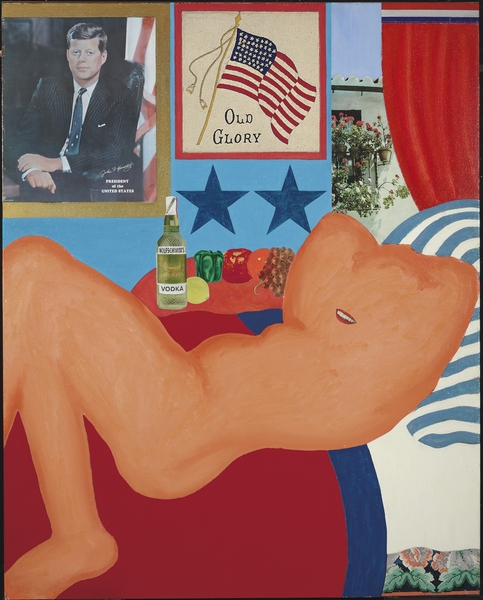
In a similar vein to Schwitters, Wesselmann created grotesque compositions based on tram tickets, cigarette packets, can lids… He doesn’t lack wit and derision. From 1961 his first large group of works, which would make him famous, adopted a humorous tone, according to connoisseurs. His “Great American nudes” depict, in combinations of collage and painting, female figures that have nothing specifically “made in the USA” about them except the artist combines images of these young ladies with the American dream, juxtaposing them with patriotic motifs like stars and stripes.
Suzanne Pagé
The image of the woman is the central motif in Wesselmann’s work,’ explains Suzanne Pagé, Artistic Director of the Fondation Louis Vuitton. ‘She often appears in the form of fetishised fragments: mouth, breast, foot, legs. She occupies the field of the work, a stereotype among others – like hamburgers, Coca-Cola, 7up, sliced bread, various utensils…
Danièle Thompson
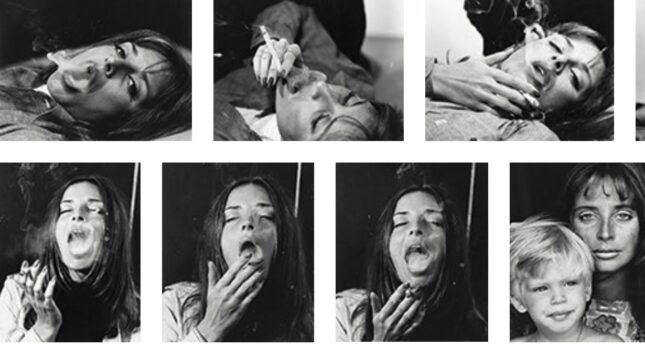
Daniele Thompson
The exhibition includes a testimonial from one of her role models, French film director Danièle Thompson. She was a major inspiration for his Smokers series, among other things. Big blue eyes and painted fingernails and toenails. ‘I symbolised the French woman at the time,’ she told us.
Sense of volume
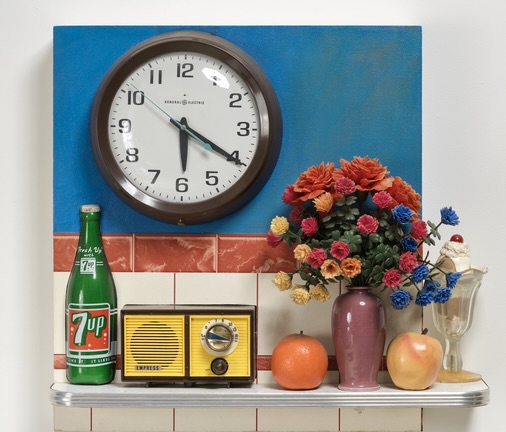
Tom was already obsessed not only with the representation of women but also, from a more technical angle, by the idea of giving a sense of volume and relief to his paintings. This characteristic would follow him throughout his career. In the 80s he even created drawings/sculptures made from a base of painted metal rods.
Art history
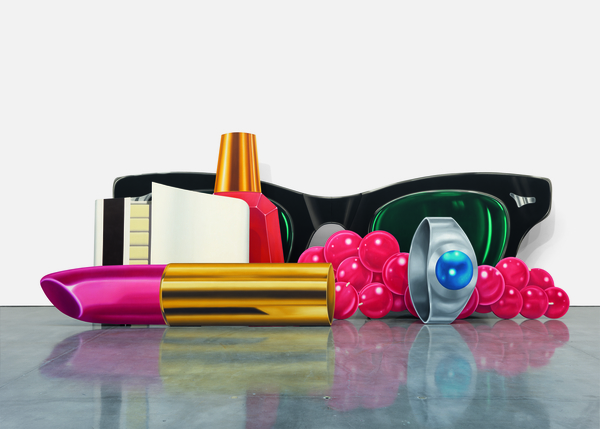
We can see these as lines hurled into space. But while Wesselmann was revolutionary, he remained officially enamoured with art history, affirming for example a key principle advocated by the old masters, that of the primacy of drawing. He said: “I have always used drawing as part of my painting and my painting almost always comes from drawings”.
Real objects
At the same time, from the 1960s onwards the American artist included more and more real objects in his compositions. Their enumeration took the form of a heterogeneous list, from the refrigerator door to a radio via a sink. The TV, the new queen presiding over the living rooms of American homes, was also present.
Between sculptures and paintings
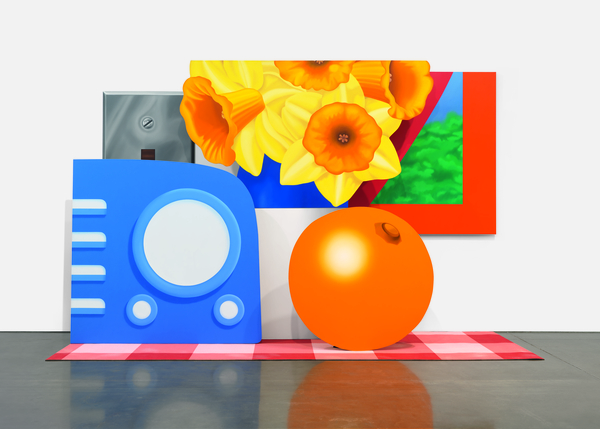
With his erotic paintings, his 3D creations, his zooming in on details of the face or body and his oversized formats, Wesselmann wanted to make an impact. He talked about “aggressive images”. The woman plays the title role. She is an archetype of beauty in the “Smokers” or “Bedroom Paintings” series. The different forms she takes are here to blindside the viewer. In this case he has cut the canvas so that it takes the line of his subjects, halfway between sculptures and paintings, between collage and canvas.
Not pigeonholed
All the vocabulary of Pop art is there. But Wesselmann is not such a fan of being pigeonholed. “I don’t like labels in general and ‘Pop’ in particular, because they put too much emphasis on the material used.”
Jeffrey Sturges
Has Wesselmann been forgotten by the Pop movement? And yet, he was “successful” very early on. As Jeffrey Sturges, director of the foundation that oversees the artist’s estate, explains: “At his gallery exhibition in New York in 1962 everything was sold”. But as time passed the artist did not develop a spirit of self-promotion, the likes of which enabled Andy Warhol to reach the 21st century with fanfare.
2024 marks Wesselmann’s return to the art history stage, the very one that he cherished so much. He takes his rightful place among the great creators of Pop Art.
Until 24 February. www.fondationlouisvuitton.fr/fr
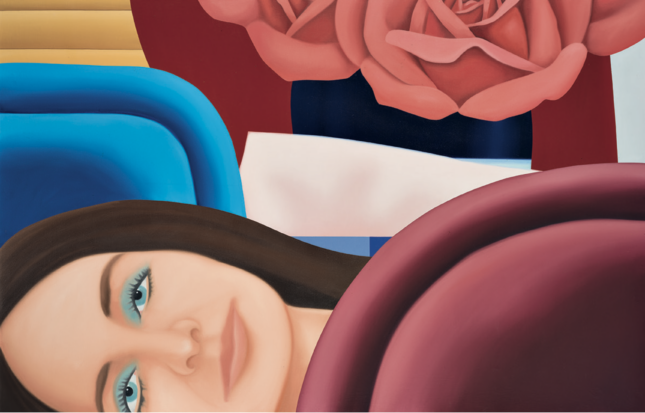
Support independent news on art.
Your contribution : Make a monthly commitment to support JB Reports or a one off contribution as and when you feel like it. Choose the option that suits you best.
Need to cancel a recurring donation? Please go here.
The donation is considered to be a subscription for a fee set by the donor and for a duration also set by the donor.


